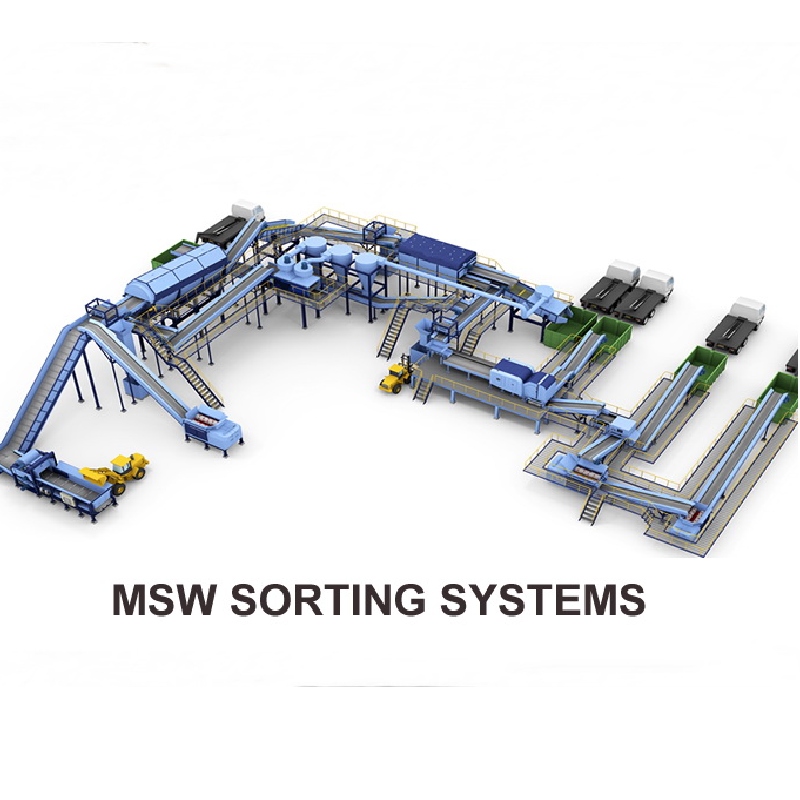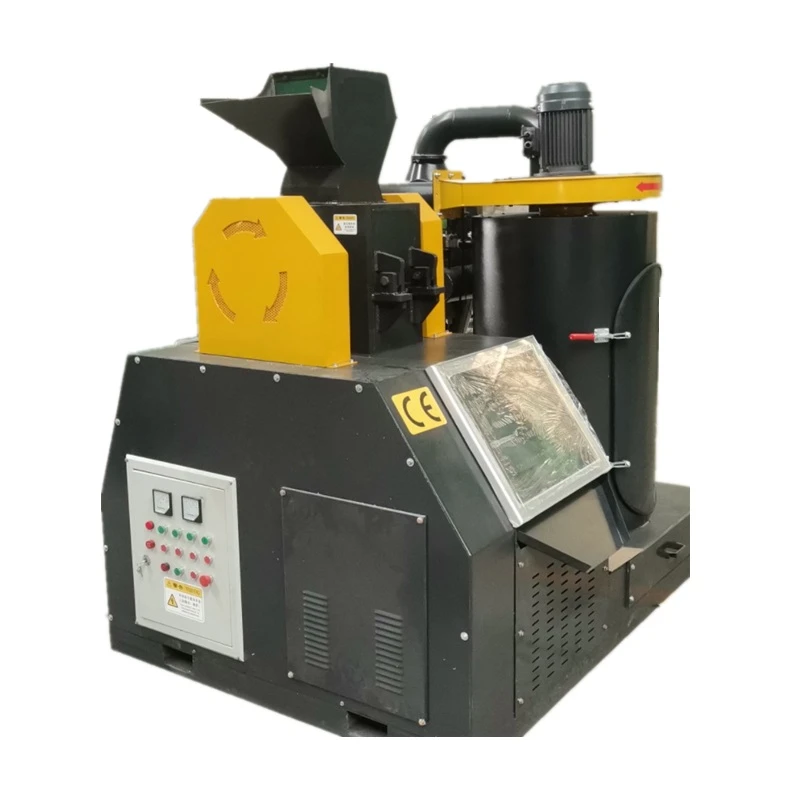Electronic waste, commonly referred to as e-waste, represents one of the most rapidly growing pollution problems worldwide. Addressing this issue not only preserves the environment but also promotes sustainable use of resources. Through unique strategies, companies can manage e-waste effectively, ensuring minimal ecological footprint while maximizing the value recovered from discarded electronics.

Properly managing e-waste requires a combination of innovative recycling processes, producer responsibility, and consumer awareness. Many organizations assume responsibility for their products' entire lifecycle, beginning with design. By utilizing modular designs, companies ensure that electronics can be easily disassembled, enabling efficient recycling and reuse of components. This method minimizes waste and conserves raw materials, like precious metals and rare earth elements, vital for manufacturing new devices.
A standout example of responsible e-waste management is the take-back scheme many electronics manufacturers and retailers implement. By encouraging consumers to return obsolete or broken gadgets, companies can oversee the recycling process firsthand. This program not only boosts recycling rates but also assists in reclaiming valuable materials like gold, silver, and platinum from circuit boards, making a significant contribution to the circular economy.

To improve trustworthiness, companies adopt transparent e-waste handling processes certified by international standards such as R2 (Responsible Recycling) or e-Stewards. Such certifications provide third-party validation of responsible recycling practices, offering consumers confidence in the brand's commitment to environmental stewardship.
Furthermore, the use of Artificial Intelligence (AI) in the sorting and recycling process enhances efficiency and accuracy. AI systems identify and categorize different types of materials faster than human workers, ensuring that a higher percentage of e-waste is recycled correctly. This technological advancement allows the extraction of more valuable materials, which can be reintegrated into manufacturing.
what is the solution for e waste management
Educating consumers plays a crucial role in e-waste management as well. Companies can disseminate knowledge through awareness campaigns, emphasizing the importance of recycling old electronics and informing about available options for proper disposal. By stressing their role, consumers are more likely to participate in recycling programs and support brands that prioritize sustainable practices.
For added authority and credibility, partnerships between private companies and governmental or non-governmental organizations help strengthen e-waste management frameworks. These collaborations can lead to the development of robust legal regulations, incentives for recycling initiatives, and infrastructure improvements necessary for efficient waste handling.
To ensure the success of e-waste management, fostering sustainability through innovation and collaboration is essential. Businesses that lead the charge in implementing comprehensive e-waste practices not only contribute to environmental protection but also gain a competitive advantage in a market that increasingly values corporate responsibility.
By combining design foresight, technological integration, educational outreach, and strategic partnerships, the e-waste crisis can be mitigated successfully. Companies adopting these practices build a reputation for expertise and trustworthiness, setting a benchmark for others to follow and helping pave the way for a more sustainable future.


